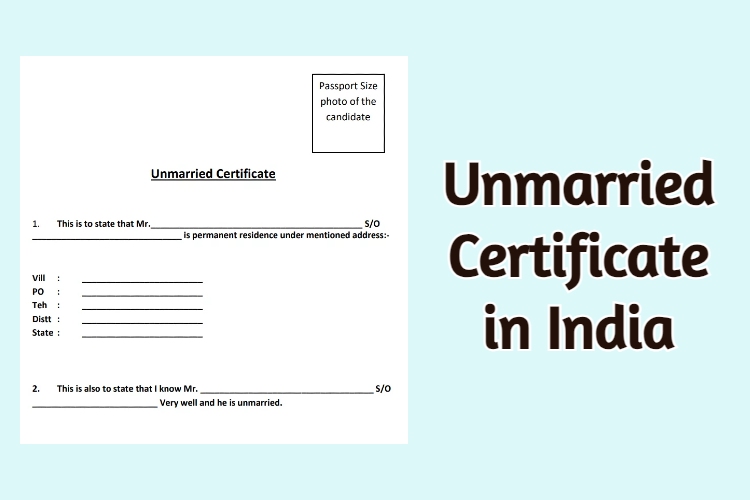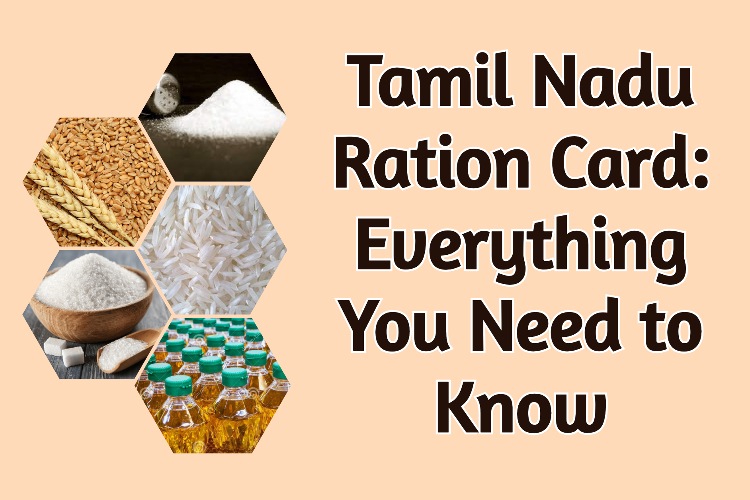The Employees’ Provident Fund (EPF), which is sometimes also called Provident Fund (PF), is an investment scheme that works well if you’re looking to build a retirement corpus. An amount equivalent to 12% of your salary is deducted as a contribution to this fund every month, with your employer also contributing the same amount. Your money keeps growing with each passing year, and at the time of retirement, you end up with a handsome sum that can fund a lot of your retirement plans.
Benefits of having an EPF Account
Investing in PF is highly recommended for a lot of different reasons, which include:
- Zero tax
You must probably be aware that investments made in stocks, mutual funds, and bonds are all taxable. This is not the case with an EPF account, with the investment amount and interest earned both exempt from tax under Section 80C. To ensure this, however, you mustn’t withdraw money from your EPF account within five years.
- High returns
In addition to being fully exempt from tax, PF also offers high returns. The interest rate is decided by the Employee Provident Fund Organization (EPFO) after consultation with the Ministry of Finance, and it keeps changing on a yearly basis. Meanwhile, the interest to be paid on a PF account is calculated on a monthly basis, while it is credited to the account at the end of the financial year.
- Lifelong pension
Retirement becomes even more comfortable with a pension. It takes care of common expenses, which keeps your retirement corpus untouched. Regular investment in PF ensures that you receive a pension after retirement. 8.33% of the share that you invest in EPF per month is diverted in the Employees’ Pension Scheme (EPS).
- Insurance cover
Courtesy of this feature, the registered nominee receives a lump-sum payment in the event of the death of the person injured. The EPFO has increased the minimum assured amount from ₹1.5 lakh to ₹2.5 lakh. The maximum amount is capped at ₹6 lakh.
- Partial withdrawal
After you’ve invested in a PF scheme for more than 5 years, you have the option to withdraw some amount of money for marriage, education, or house construction. The sum that you can withdraw for each of those purposes has been listed out by the EPFO.
Eligibility Criteria for a EPF Account
An employer with more than 20 employees is required by law to register for the EPF scheme. Salaried individuals having Basic + Dearness Allowance of less than ₹15,000 must also mandatorily open an EPF account. Only when they do so will they be permitted to avail the benefits of the different EPF schemes, like the Employees’ Provident Fund Scheme, Employees’ Pension Scheme, and Employees’ Deposit Linked Insurance Scheme.
EPF Interest Rates
The interest rate of EPF is decided by the EPFO’s central board of trustees, after consultation with the Ministry of Finance. It keeps changing every year, and even though the interest amount is calculated on a monthly basis, the money is deposited into the EPF account at the end of the financial year (FY). For FY 2019-20, the interest rate has been fixed at 8.50%, down from 8.65% that was applicable for FY 2018-19. The rate has been fluctuating between 8.55-8.80% since 2015.
The interest is, however, paid only if the account has been active. An EPF account is considered dormant or inoperative if no contribution has been made towards it for a period of 36 months. Interest earned on such accounts is fully taxable depending on the member’s slab rate.
EPF Contribution
An employee having a Basic + Dearness Allowance of less than ₹15,000 must mandatorily open a PF account. 12% of the monthly salary goes towards EPF contribution, and the employer contributes the same amount of money. While individuals with a Basic + Dearness Allowance of more than ₹15,000 aren’t required to compulsorily invest in an EPF scheme, they can do so voluntarily.
Now, let’s take an example to see how much money each party contributes towards EPF per month. For an employee whose monthly salary is ₹30,000, the calculation is as follows:
- EPF contribution of employee – 12% of ₹30,000 = ₹3,600
- Employer’s contribution in EPF – 3.67% of ₹30,000 = ₹1,101
- Employer’s contribution in EPS – 8.33% of ₹30,000 = ₹2,499
- Total EPF contribution – ₹7,200
This is how EPF is calculated when the contribution of both parties is 12%. While it is generally the case for most organizations, employees working in certain companies, or industries, are required to contribute only 10% of their monthly salary towards EPF. They include:
- Companies that employ a maximum of 19 workers.
- Industries that are declared as sick industries by The Board for Industrial and Financial Reconstruction (BIFR).
- Organizations that are suffering more annual loss as compared to their net value.
- Coir, beedi, guar gum, jute, and brick industries.
- Organizations operating under the wage limit of ₹ 6,500.
EPF Payment
The EPFO has tremendously simplified the EPF payment process. You can do everything from the comfort of your home. All you’ll need is your laptop and your PF account details. Here are the steps to follow if you’re looking to process payment in your PF account.
- Login to the EPFO Portal using the Electronic Challan cum Returns (ECR) credentials.
- Click on ‘Payments’ and go to ‘ECR upload’. You must do so every month to prevent filing paper returns.
- Select wage month, salary disbursal date, the rate of contribution, and proceed to upload the ECR text File.
- You’ll notice a pop-up saying ‘File Validation Successful’, if the uploaded file meets the set of predefined conditions. In case the file isn’t validated, you’ll see ‘Error’ appear on the screen.
- Now the Temporary Return Reference Number (TRRN) will be displayed on the screen. Click on ‘Verify’.
- Next up, click on the box that says ‘Prepare Challan’ in order to obtain the summary sheet for ECR.
- Proceed to Admin/Inspection Charges and select the ‘Generate Challan’ button.
- You can now edit the Challan if needed. Click on ‘Finalize’ and proceed to pay, in case there’s no need for changes.
- The next thing that you’ll see is your ECR (Electronic Challan cum Return) Statement and Challan.
- Your Challan is ready for payment, so choose ‘Online’ as the payment mode and choose a bank from the list of “Select Banks”.
- The payment gateway comes up. Enter the relevant details to finish the process.









